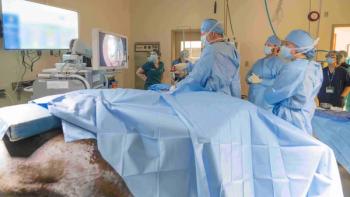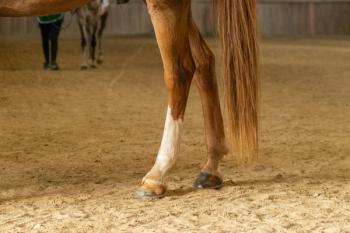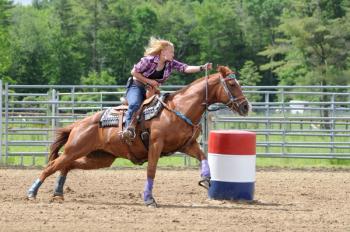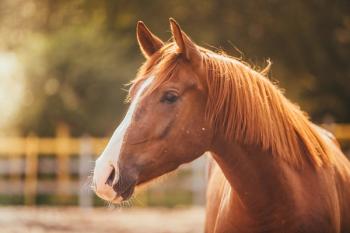
Managing equine athletes: Birth to training (Proceedings)
Effective management of developmental orthopedic disease in horses often requires intensive monitoring and willingness to change approaches based on the incidence of disease.
Effective management of developmental orthopedic disease (DOD) in horses often requires intensive monitoring and willingness to change approaches based on the incidence of disease. DOD is a multifactorial disease in which hereditary, dietary and traumatic mechanisms all play a role in both the development of lesions and the clinical expression of those diseases.
Hereditary factors involved in DOD are difficult to deal with as sometimes the most successful lines of breeding can have the highest incidence of DOD. Hereditary expression of DOD often manifests in one of two ways. Generalized DOD, which can include all manifestations of osteochondrosis, epiphyseal abnormalities, flexural deformities and cervical vertebral instability can be present in the offspring of one particular mare/breeding combination. However, more commonly, a particular mare or breeding combination can produce offspring with a particular disease. In these cases, the conformation of the mare must be considered as some of these problems, such as straight hocks, offset knees and toed-in conformation can often lead to mechanical overload of a particular joint and subsequent disease. In addition, the physical characteristics of the mare that is carrying the foal must be taken into account. This includes both the natural dam as well as any embryo recipient. It has been our experience that small mares and mares that have not foaled previously appear prone to producing foals with either angular limb deformities or limb contracture. Although these are easily treated, we now select recipient mares with a history of foaling.
Dietary concerns also need to be addressed both in the mares and foals. In our practice, we monitor forage and concentrates yearly and make changes accordingly. This alone has been one of the most effective means of influencing the incidence of DOD, as farms often overlook the influence of the local environment, breed and growth rates on diet. Nutritional consultants and software programs are often employed to solve dietary concerns, and most importantly, foal weight is monitored monthly to assure that dietary intake is adjusted accordingly.
Trauma and adequate mechanical loading are often overlooked components of DOD. Foals do appear prone to acute traumatic events to normal tissues, and this can often not be predicted nor avoided. However, compounded by hereditary and nutritional factors, some joint lesions, both clinically silent and clinically apparent, can be manifested by trauma. To extend this line of thinking, certain conformational characteristics can possibly lead to repetitive trauma to a particular joint surface, and hence lead to disease. As an example, there is some evidence that Standardbred racehorses with mild tarsal valgus conformation have an increased incidence of distal intermediate ridge OCD. Our experience in Quarter Horses has been similar. However, some in the breed industries feel this is an effective conformation for these disciplines.
Although trauma appears to be a factor in development of DOD, exercise at an early age appears to be effective in reducing DOD. Dutch studies have shown significant reduction in DOD in warmbloods with turnout compared to box confinement, however, recent studies have shown little benefit in forced exercise beyond turnout. In our experience, turnout of foals with mild angular deformities often corrects the problem. The thought here being that low levels of exercise may stimulate the physes to self-regulate. The same appears true after surgically correcting angular limb deformities. Regular exercise, even if for a limited amount of time, appears to help self-regulate minor DOD issues. This observation encourages the use of embryo transfer, as the foals can stay at the farm with the mares, and not undergo strict stall confinement as occurs at most breeding facilities.
In January of each year, a complete series of radiographs is obtained on each foal to identify clinically silent lesions. If lesions are seen, then they are addressed at this point in order to reduce their impact at the time of sale, and to eliminate any possibility of the lesion causing a problem during the horse's competition season. In our practice, all surgical corrections are disclosed at the time of sale. This practice has been received well by the farms as it helps to enhance their reputation with buyers, the lesion often dictates how the yearling will be marketed, and for those farms that may keep and campaign a certain yearling, it allows them to often keep the contentious cases.
In summary, extensive early monitoring of foals has been an effective means of controlling and treating DOD. In general, the planning involved in this approach creates an owner that is engaged in the process and reduces the surprise findings of DOD lesions that often influence sales.
Newsletter
From exam room tips to practice management insights, get trusted veterinary news delivered straight to your inbox—subscribe to dvm360.




